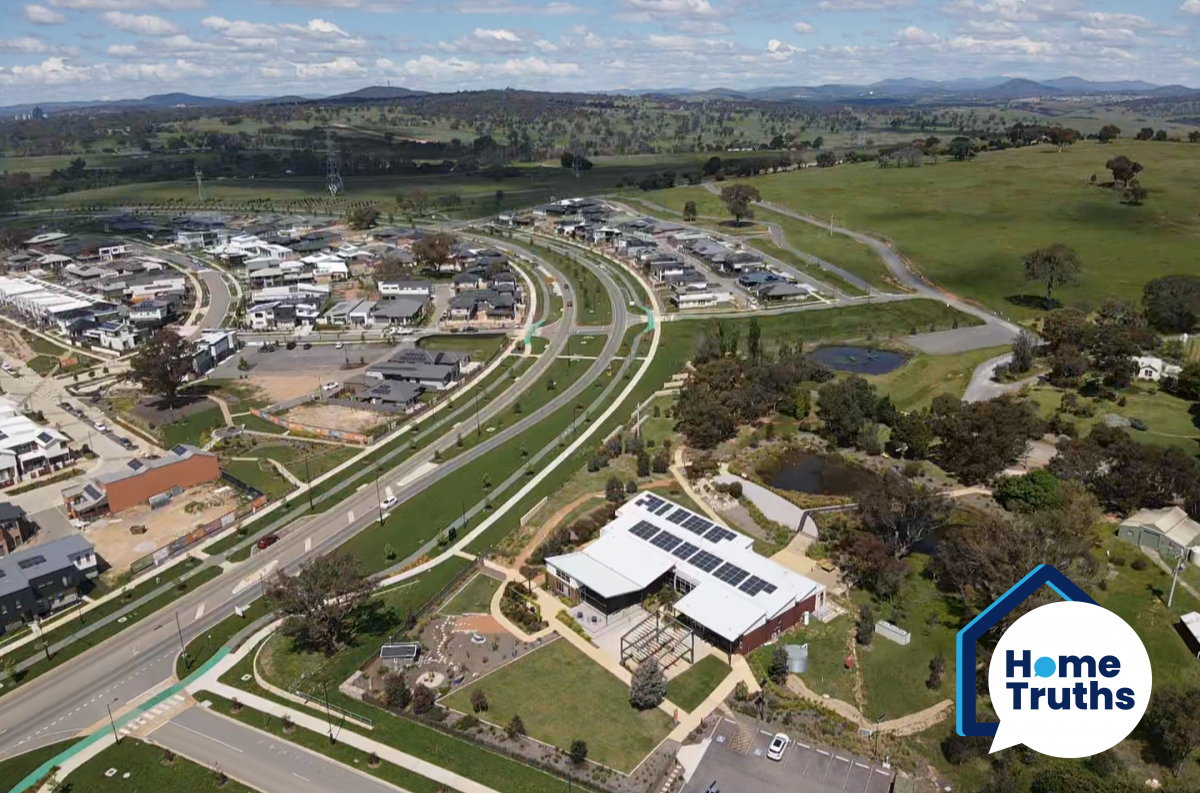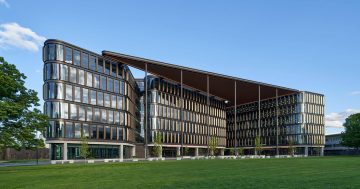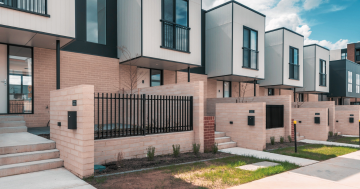
Would smaller houses make more sense in new suburbs? Photo: Ginninderry.
If the president of the National Institute of Architects has a single bugbear, it’s pointlessly big houses.
Not all big houses, Shannon Battisson is keen to emphasise. She’s not about forcing people to live in a matchbox.
But she is immensely frustrated by houses that are too big because nobody has considered the design and operating efficiency or asked how money could be better spent. The frustration grows as more and more mini-mansions mushroom through Canberra’s suburbs while the housing market gets increasingly tight.
“We’re, for the most part, a really affluent city. That lends itself to people having the ability to invest more in their houses,” she says.
“For some reason, we’ve moved away from investing that money in a really well-designed, really well-built house and instead there’s this tick list of items we think our houses should have – the cinema room, for example.
“We’ve had clients for whom that’s a really big part of how their family comes together, in which case including that space makes sense. But often, you just get these long corridors with rooms off the sides, instead of asking how you really want the house to work and what’s a good fit for your family.
“If we trusted ourselves enough to say, this is what home looks like to us, we might not necessarily have tiny houses, but we’d have significantly smaller houses.”
There might also, Shannon says, be more room for dual occupancy on large blocks, more flexible outdoor living spaces and even big shady trees to help with energy efficiency. There’d also be ongoing benefits for homeowners who would pay less to build and less to run their houses.
Shannon thinks that one of Canberra’s problems is a lost focus on suburban identity. Each suburb is trying to be everything to everyone. Her preference – and one she hopes is better reflected by the new Territory plan – is for some suburbs to be defined as high density and others to have larger suburban blocks, creating a flow between dense city areas and the city fringes.
“I think what we’ve lost contact with the aspirations we had as a city at the start. Canberra was built at a time when the idea was to create a national identity, a city for the whole country to be proud of,” she says.
“We invested more in our public spaces, we invested more in the idea of how people would get around, we wanted to attract people to live in Canberra. We had two really big periods of development, the first stage which stalled during the Great Depression and the war and then the mid-century period where innovation was celebrated, and not just in our public buildings like the Shine Dome, but also in our housing.”
Shannon thinks the city’s fast growth and the obsession with property have stopped those conversations about innovation. High prices stymie home-owning dreams among lower-income workers and sustainable, efficient housing design is seen as an add-on extra for the wealthy rather than a critical starting point for all buildings.
“A climate as harsh as ours leads the way for really high standards of climate-responsive architecture”, she says. “Anyone who’s lived in an old Canberra house through winter or summer knows how amazing it would be to have a house where you come in and don’t have to spend the first hour trying to make it bearable to be inside.
“Why don’t we aspire to being that city that really shows just how amazing good architecture and good building can be throughout the crisis that we find ourselves in?”
Among Battisson’s solutions is a call to be braver about conversations with developers on how to build well rather than developing for the least amount of money and the highest profit.
“What if all the blocks managed to face the right direction, and the spaces left between them were enough for meaningful tree planting? What if developers put that planting in and help the community to build?
“We need developers to be braver, I think in the same way that we need people who are buying houses and buying apartments to be stronger and say, ‘No, that’s not good quality, and we don’t want to buy that’.”





















